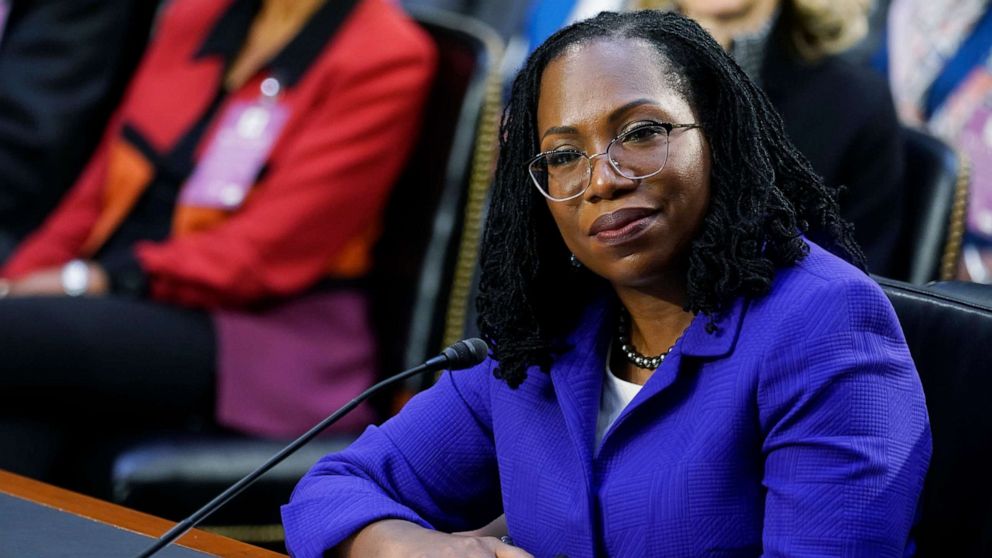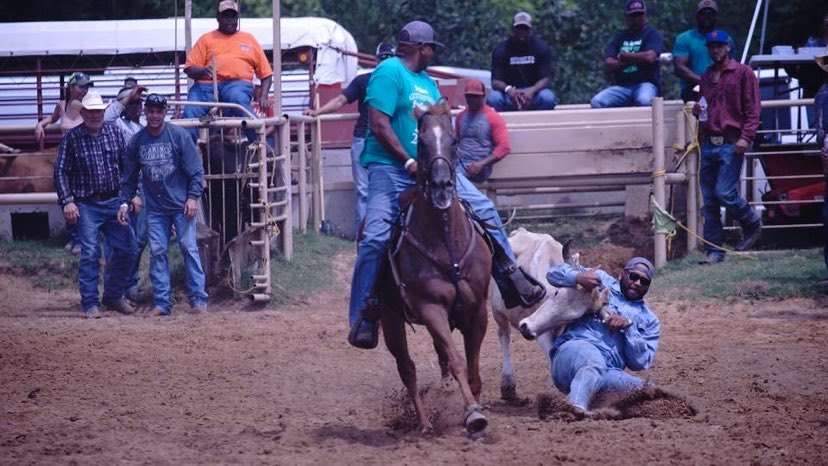
By Angela Onwuachi-Willig
As a child, Ketanji Brown Jackson had the audacity to dream of receiving an appointment that few who looked like her had ever received: a position as a federal judge. Today, her dream of becoming the first Black woman on the Supreme Court of the United States is certain to, as President Barack Obama once proclaimed, “inspire[d] young Black women . . . to set their sights higher and . . . help them believe they can be anything they want to be.”
If you’re having a hard time believing this statement, consider the story of 11-year-old Maddison Morgan, a young Black girl who lives just minutes away from the Supreme Court in Washington D.C. Weeks ago, after learning about the appointment process in her Social Studies class and hearing about President Joe Biden’s promise to nominate one of the many well-qualified Black women options to the Supreme Court, little Maddison shot her best shot. She wrote to the President and asked him to appoint her to the bench and enable her to give children a small voice in our society.
Maddison was able to envision herself as a Supreme Court Justice in part because President Biden, the most powerful leader in the world, “saw” her and other Black women and girls, noting and acknowledging our talents. This President recognizes the importance of including our insights on one of the most critical institutions in the country. Through his actions, President Biden had, as Justice Ruth Ginsburg once proclaimed, made plain that it should be “natural and proper” for a Black woman to sit on our nation’s highest court.
And, it’s important not only for young Black girls like Maddison to see justices like Associate Justice Ketanji Brown Jackson as “natural and proper—just how it is” on the Supreme Court, but also for little kids and adults of all backgrounds to have their unstated, unconscious image of what a justice looks like disrupted. For 232 years, that image has never been challenged in a way that includes Black women. As the experience of Judge Bernice Donald, the first Black woman to ever serve as a judge in the state of Tennessee and ultimately the first to sit on the U.S. Sixth Circuit Court of Appeals, reveals that lack of intersectional race and gender representation among jurists can be damaging, reinforcing racist and sexist images about who is even entitled to become a jurist in our legal system.
Back in 1982, when Judge Donald was first running for a state court judge position in Tennessee, a young woman sitting in the waiting room proclaimed to her: “You don’t look like a judge.” As Judge Donald explained during a Black History Month lecture at Boston University School of Law, there was no malice in the woman’s heart when she made the statement; she was simply asserting what she had seen, or rather what she had not seen, in courts throughout her whole life. Still, the statement reflected her implicit or unconscious biases concerning the abilities of Black women, biases that have long played a role in excluding far too many Black women from service on courts and other significant institutions.
For the entire article got to: www.bet.com










